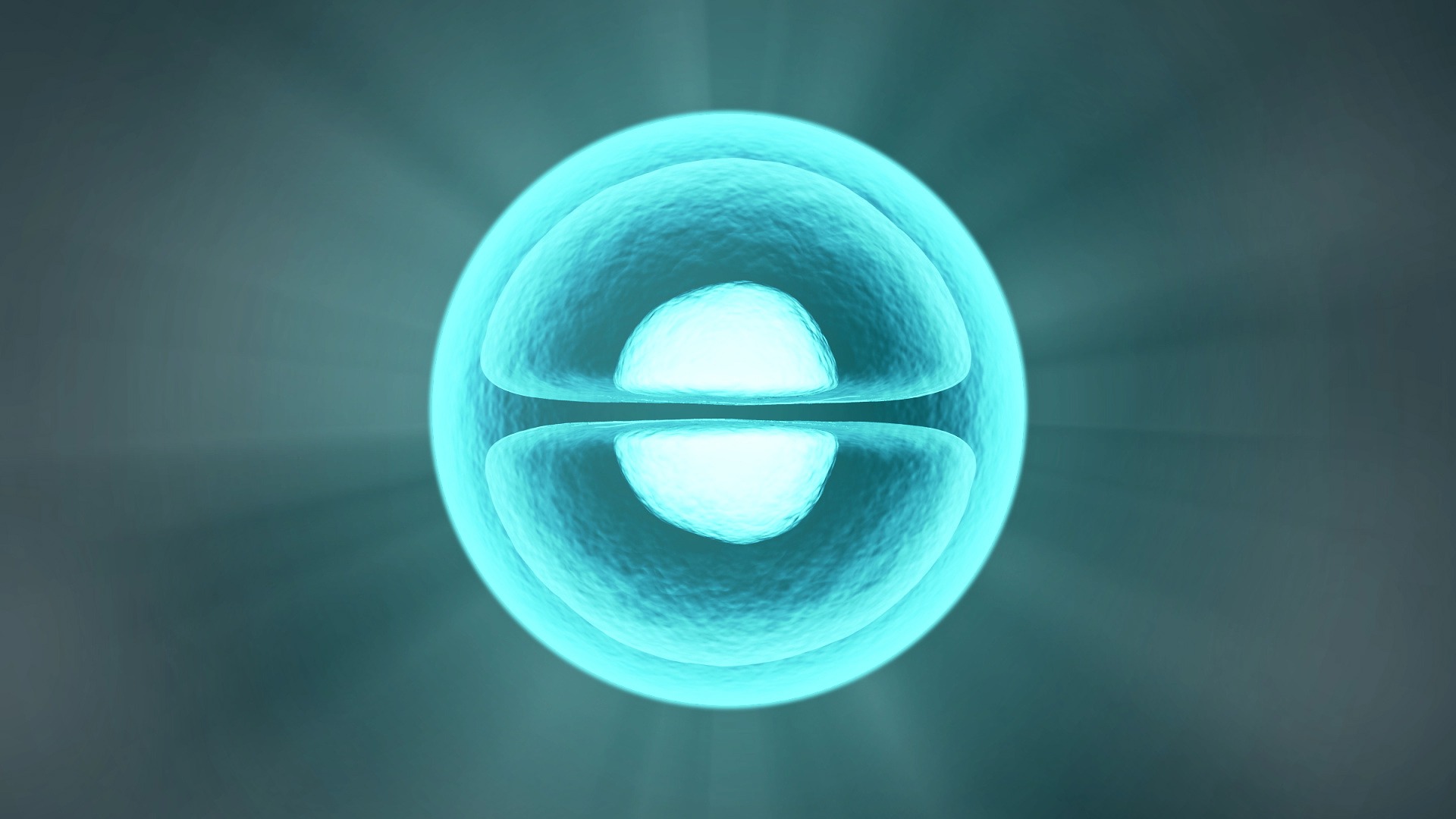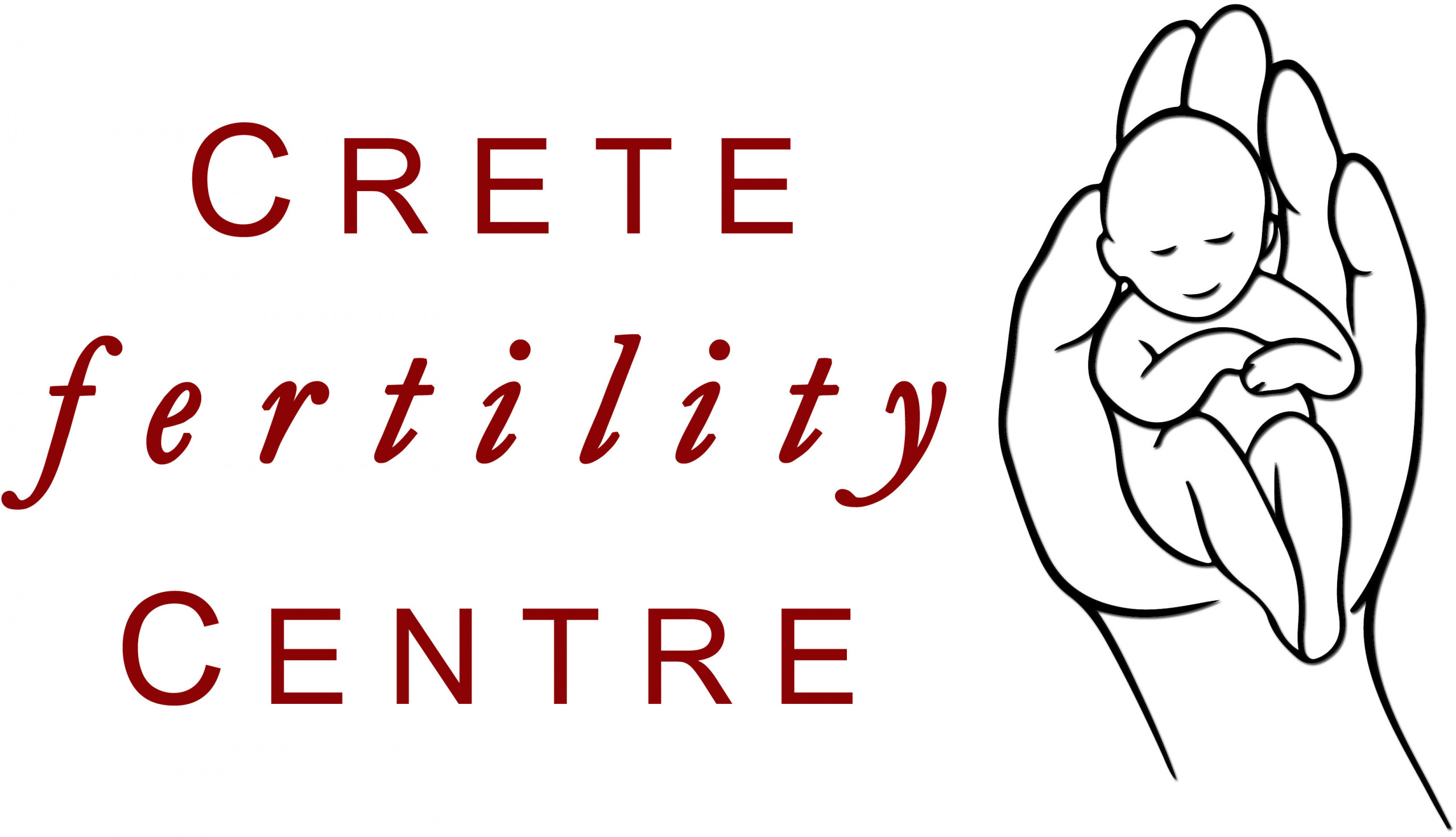Stem-cell Therapy and Platelet-rich Plasma in Regenerative Medicine – A Review

The field of regenerative medicine is a recently developed area of medicine that deals with the functional repair of damaged or diseased tissues or organs. Currently, stem cell (SC) and platelet-rich plasma (PRP) based therapies are the two competing technologies that can restore and repair damaged tissues.
PRP, or platelet-related growth factors and plasma-derived fibrinogen, is a component of blood that has platelet concentrations above normal. When an injury occurs, platelets are the first line of defense because they release growth factors that aid in tissue restoration.
Conversely, stem cells are immature, undifferentiated, unspecialized cells that can proliferate and differentiate into different types of tissues and cells in response to certain stimuli. With the ability to reproduce, differentiated stem cells can replace deteriorated or damaged tissues to become organ- or tissue-specific cells with specialized roles. Notwithstanding these variations, the goal of both strategies is to repair the injured tissue. The preparation methods, parallels and differences, and benefits and drawbacks of PRP- and SC-based therapies are the main topics of this review.
Platelet-Rich Plasma and Stem Cell Therapies in Regenerative Medicine
A significant portion of the quickly developing biomedical research over the past ten years has been focused on regenerative medicine and primarily entails the creation of novel treatment approaches that will propel the field forward.
The medical community now has the will to search for alternatives to traditional treatments thanks to these new biological techniques. The utilization of stem cells (SC) and platelet-rich plasma (PRP) is the mainstream approach among the several treatment techniques available to repair and rejuvenate the damaged tissue resulting from injury or chronic diseases. PRP is the volume of autologous plasma with the platelet concentration above the baseline. It is the part of the blood (plasma) that has five times greater concentrations of platelets than the usual values. By creating blood clots upon injury, platelets—tiny components of blood rich in growth factors—play a vital function. It is well known that platelet concentrations affect how quickly injured tissues heal from wounds.
PRP works by promoting the growth of cells that have the capacity to mend damaged tissues on their own or to speed up the healing process. PRP is frequently employed in the regeneration and repair of skeletal and connective tissues in cases of sports-related injuries, periodontal and maxillofacial illnesses, and other associated conditions.
In contrast to PRP, stem cells are primitive cells derived from adult tissues or from embryos. Self-renewing SCs possess the ability to develop into up to 200 distinct adult body cell types. In addition to these qualities, SC also secretes specific cytokines and growth factors that quicken tissue damage site recovery. In situations where PRP applications are ineffective, stem cell therapy (SC) replaces damaged cells in almost any tissue or organ to treat a variety of degenerative and inflammatory disorders.
Differences and Clinical Implications of PRP and Stem Cell Therapies in Tissue Regeneration
While PRP- and stem cell-based treatments will both eventually help injured tissue to function normally again, there is a significant difference between how they are prepared and how they work. After being separated from adult tissues and cultivated in advanced conditions, stem cells need several weeks to mature before they can be utilized as a treatment.
PRP is made simply, quickly separates from blood, and does not include stem cells per se for therapeutic purposes, in contrast to stem cell therapy. Additionally, the regenerating potential of PRP is restricted to the cells found in these tissues, and its curative potential is significantly smaller than that of SC-based therapies. PRP is similar to SC-based therapies in that they function similarly and can be prepared quickly, which is why many practitioners encourage patients to choose PRP-based treatments.
Platelet-Rich Plasma
The autologous preparations and enrichment of platelets from plasma concentrate were first referred to as PRP in the 1970s. Mammalian bone marrow produces platelets, often referred to as thrombocytes, from megakaryocytes inside. In the event that vascular and tissue integrity are compromised, they serve as the first line of defense for cells and are essential for wound healing, innate immunity, homeostasis, and angiogenesis. The enriched fraction of PRP is well-known to have a high concentration of growth factors and cytokines that support tissue regeneration and repair. It has also been shown to have tissue reparative activity.
The main functions of platelets are to aggregate and, via adhesion, activation, and aggregation, to contribute to homeostasis. It was previously believed that platelets exclusively have hemostatic properties. A fresh understanding of platelet activity in controlling inflammation, angiogenesis, SC migration, and cell proliferation has been made possible by recent developments.
The Advantages of PRP
The primary advantage of using platelet-rich plasma (PRP) for medicinal purposes is its instant processing, which eliminates the need for facilities for preservatives. Since own cells are used in the preparation process without undergoing any additional changes, PRP is thought to be natural and safe. This guarantees that the preparations won’t trigger an immunological reaction. Because the preparations come from the same person, there is less possibility of bloodborne infections. Since many people suffer from musculoskeletal injuries or problems, PRP-based therapy has shown promise in treating these conditions.
Stem Cell Therapy
Adult stem cell (ASC)-based therapies have been highlighted in recent advancements in SC research, particularly for conditions that conventional medicine was unable to treat. Because tissue-resident adult progenitor stem cells can be used as donor cells for stem cell transplants in regenerative medicine and cancer treatments, they are clinically significant. With their capacity for multilineage differentiation into diverse cell types and endless self-renewal, SCs hold considerable promise for replacing lost or dysfunctional cells and regenerating damaged or sick tissues. Without running the risk of graft rejection, it is possible to stimulate in vivo differentiation, cell replacement, and gene treatments with numerous applications in humans by using a small subpopulation of adult stem or progenitor cells from tissues or organs from the same individual. Studies on tissue-resident stem cells have investigated the potential use of cell replacement therapy in cancer and regenerative medicine.
Stem Cell Therapy’s Benefits
A potent new technique for the treatment of numerous inflammatory and degenerative disorders is stem cell based therapy. In addition to differentiating into newly lost tissue, they work together to facilitate repair responses. SC is suitable for autologous transplantation and can be kept apart from patients. Patients receiving a single isolation treatment may receive a lifetime supply of cells. Moreover, SC can be genetically altered to overexpress vital genes that promote wound healing and prevent scarring.
Wrapping Up
The use of PRP as a regenerative therapy is still in its infancy, despite the fact that PRP has many advantageous effects and few adverse effects for treating clinical illnesses. The main obstacles are the dearth of appropriate controlled clinical trials and disagreements about PRP preparation methods. However, the application of PRP-based preparations has demonstrated encouraging outcomes in a few clinical contexts, particularly in the fields of orthopedics, ophthalmology, dentistry, and dermatology.
However, Crete Fertility Centre is a pioneer in the field of stem cell therapies combining regenerative medicine and fertility treatments, offering stem cell therapy for ovarian rejuvenation, infertility and recurrent abortions.




